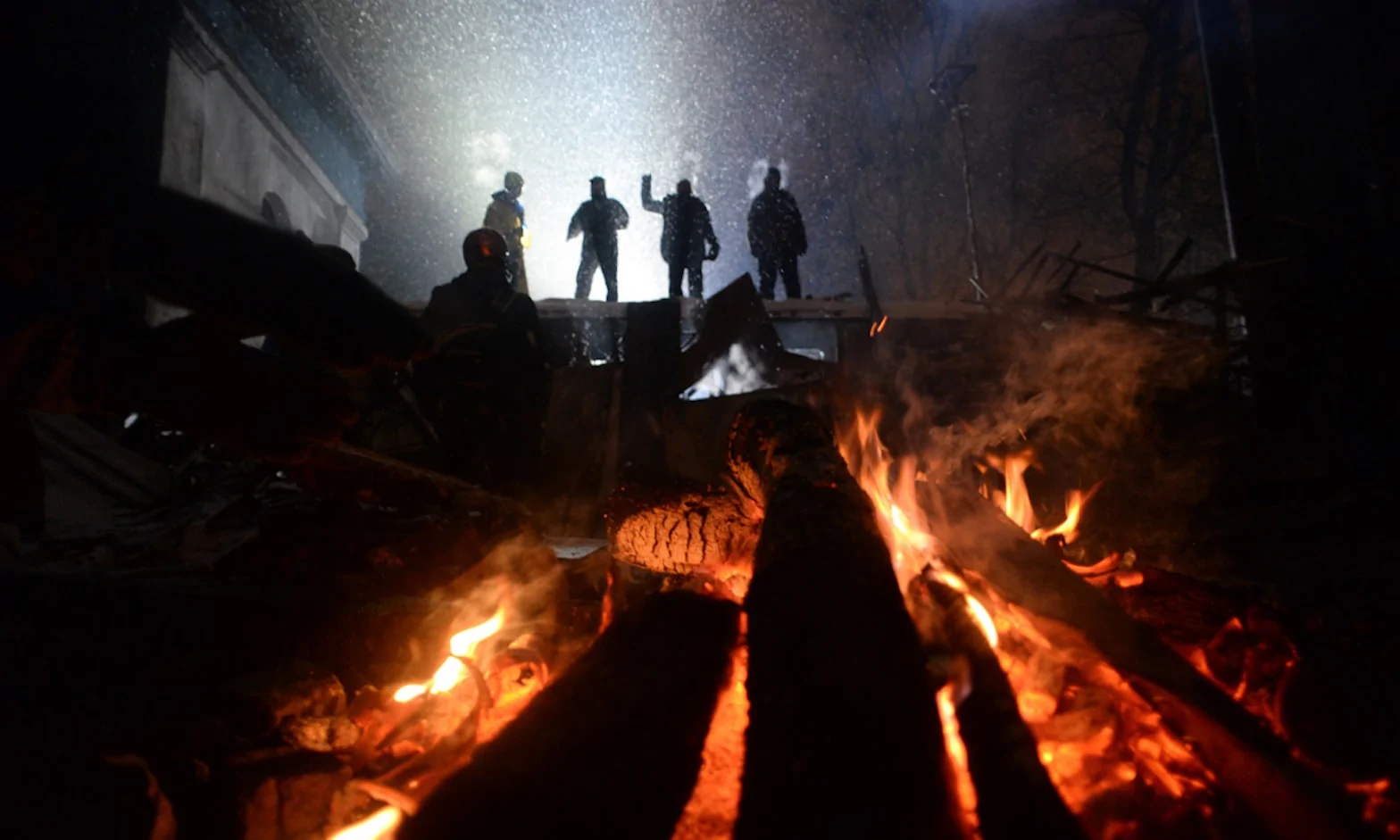The crisis in Ukraine started on 21 November 2013 with the Euromaidan protests in Kiev. Six months later, it is threatening to become a full-blown civil war with severe global impacts, unless the situation is stabilised. As for any conflict it is important to assess possible futures and impacts at all levels. Image: Mstyslav Chernov/Unframe – CC BY-SA 3.0 This article starts a series on the conflict in Ukraine, which aims at providing the most possible useful analysis of the situation. As we did with Syria, the series will focus on the states of play for the actors and the situation on the ground, a necessary foundation for any proper strategic foresight and warning regarding the conflict. After outlining our analytical framework to overcome the difficulties related to propaganda, we shall …
Continue reading “Conflict in Ukraine – Setting the Stage”











